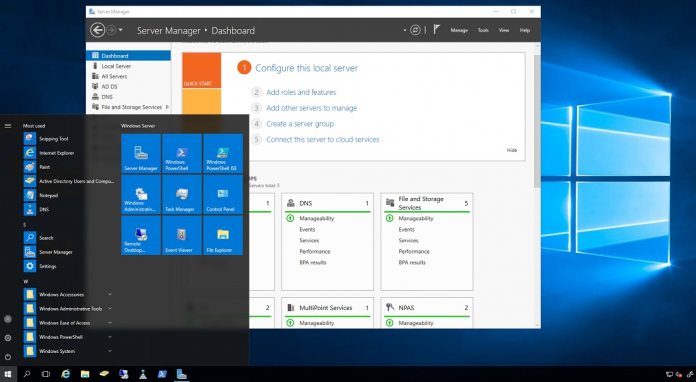Windows Server 17639 now has a feature called Storage Migration Service and another called Storage Replica. Like all other tools on Windows Server Preview, they will be part of what will eventually be known as Windows Server 2019. Starting with Storage Migration Service, Microsoft calls it a “job-based orchestration and proxy” tool. This essentially means the feature give IT pros the tools to inventory servers and move settings from one server to another. In the process, the old server would be decommissioned. In the description, Microsoft says Storage Migration Service allows the following capabilities:
Allows administrators to inventory existing servers for their data, security, and network settings Migrates that data, security, and network settings to a new, modern target by using the SMB protocol Takes over the identity of the old server completely, while decommissioning the original source, in such a way that users and applications are unaffected and unaware that migration has taken place
The company says the new tool integrated with Project Honolulu, which is a replacement for Server Management Tools. I wrote about Project Honolulu back in December when it received a new update. It allows users to change VM settings while a virtual machine is running. Customers using Hyper-V Manager will already be familiar with this ability. People running Generation 2 VMs are now able to change general settings, checkpoint settings, and memory settings. Like Windows Server, Project Honolulu is in preview at the moment.
Storage Replica Improvements
Joining Storage Migration Service is another feature called Storage Replica. The tool is a disaster recovery capability that lets IT admins copy volumes between clusters or servers. It is worth noting that this has been available in Windows Server Datacenter edition for some time. The news here is that Microsoft has now drafted it into the Standard edition too. “SR enables synchronous and asynchronous block replication of volumes between servers or clusters for disaster recovery,” the company explains. “SR also enables you to create stretch failover clusters that span two sites, with all nodes staying in sync.”




